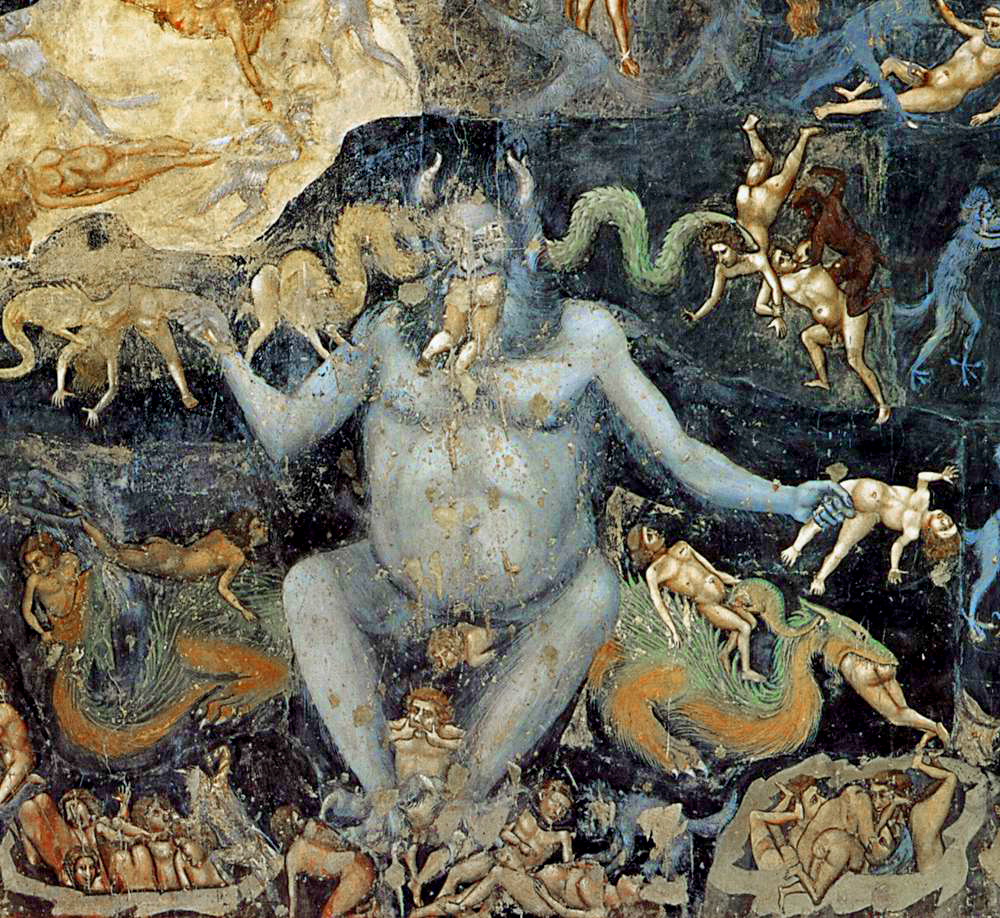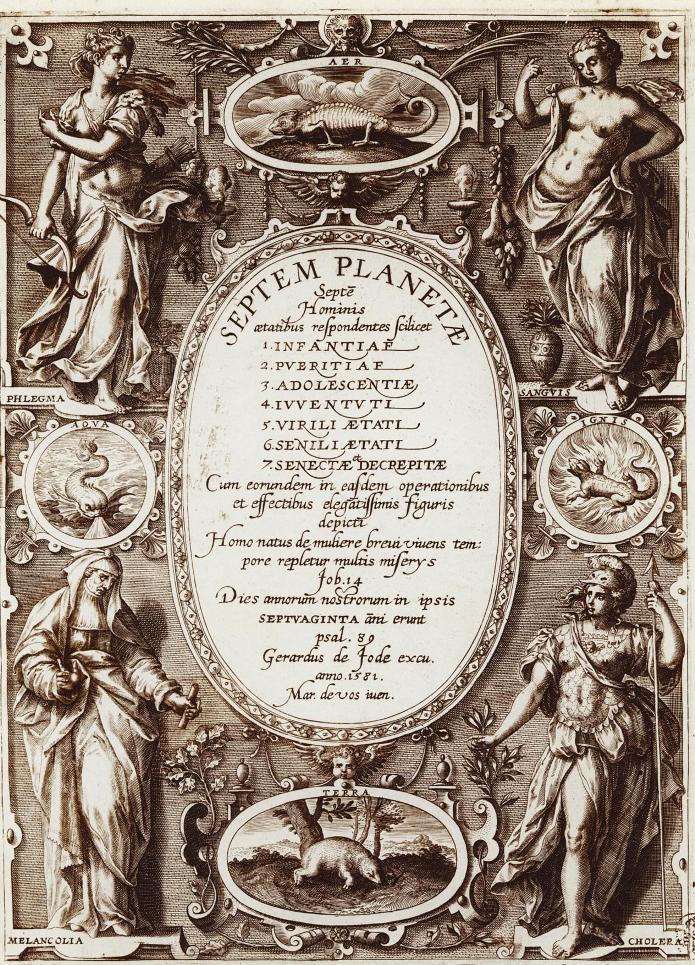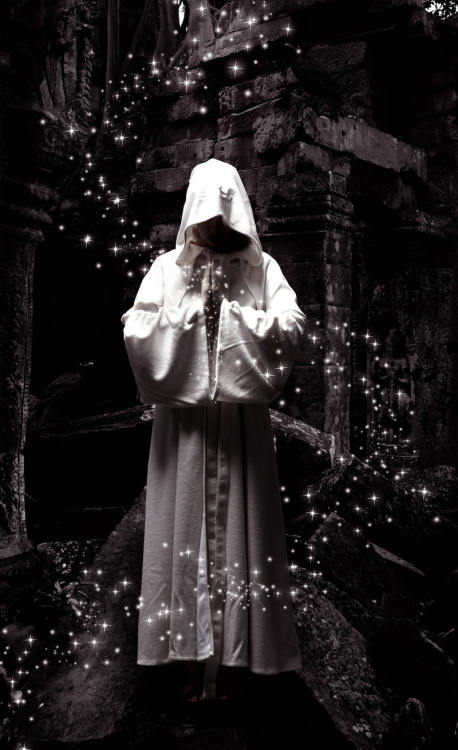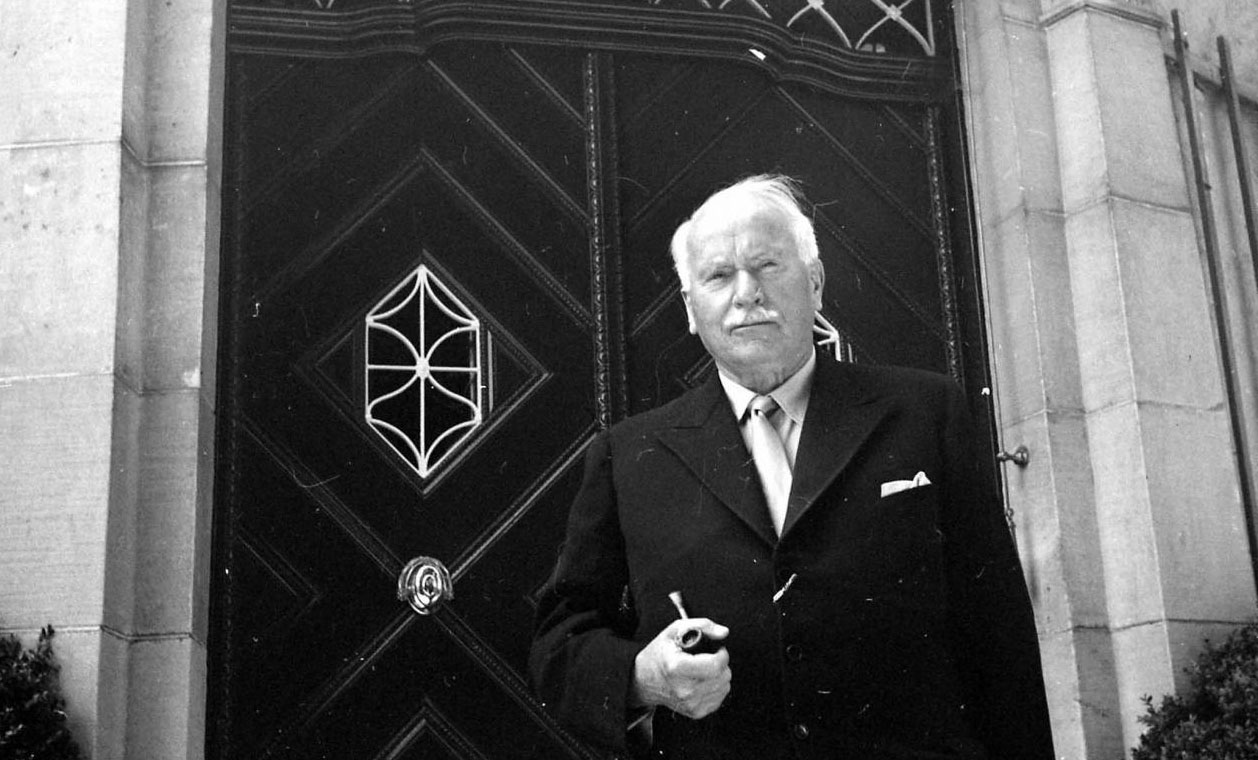Among the many well-known personages who firmly believed and strenuously asserted that such sepulchral lamps burned for several hundreds of years, and would have continued to burn may be forever, had they not been extinguished, or the vessels broken by some accident, we may reckon the following names: Clemens Alexandrinus, Hermolaus Barbarus, Appian, Burattinus, Citesius, Coelius, Foxius, Costaeus, Casalius, Cedrenus, Delrius, Ericius, Gesnerus, Jacobonus, Leander, Libavius, Lazius, P. della Mirandola, Philalethes, Licetus, Maiolus, Maturantius, Baptista Porta, Pancirollus, Ruscellius, Scardeonius, Ludovicus Vives, Volateranus, Paracelsus, several Arabian alchemists, and finally, Pliny, Solinus, Kircher, and Albertus Magnus.
The discovery is claimed by the ancient Egyptians, those sons of the Land of Chemistry. At least, they were a people who used these lamps far more than any other nation, on account of their religious doctrines. The astral soul of the mummy was believed to be lingering about the body for the whole space of the three thousand years of the circle of necessity. Attached to it by a magnetic thread, which could be broken but by its own exertion, the Egyptians hoped that the ever-burning lamp, symbol of their incorruptible and immortal spirit, would at last decide the more material soul to part with its earthly dwelling, and unite forever with its divine SELF. Therefore lamps were hung in the sepulchres of the rich. Such lamps are often found in the subterranean caves of the dead,
Page 227
and Licetus has written a large folio to prove that in his time, whenever a sepulchre was opened, a burning lamp was found within the tomb, but was instantaneously extinguished on account of the desecration. T. Livius, Burattinus, and Michael Schatta, in their letters to Kircher, affirm that they found many lamps in the subterranean caves of old Memphis. Pausanias speaks of the golden lamp in the temple of Minerva at Athens, which he says was the workmanship of Callimachus, and burnt a whole year. Plutarch affirms that he saw one in the temple of Jupiter Amun, and that the priests assured him that it had burnt continually for years, and though it stood in the open air, neither wind nor water could extinguish it. St. Augustine, the Catholic authority, also describes a lamp in the fane of Venus, of the same nature as the others, unextinguishable either by the strongest wind or by water. A lamp was found at Edessa, says Kedrenus, “which, being hidden at the top of a certain gate, burned 500 years.” But of all such lamps, the one mentioned by Olybius Maximus of Padua is by far the more wonderful. It was found near Atteste, and Scardeonius gives a glowing description of it: “In a large earthen urn was contained a lesser, and in that a burning lamp, which had continued so for 1500 years, by means of a most pure liquor contained in two bottles, one of gold and the other of silver. These are in the custody of Franciscus Maturantius, and are by him valued at an exceeding rate.”
Taking no account of exaggerations, and putting aside as mere unsupported negation the affirmation by modern science of the impossibility of such lamps, we would ask whether, in case these inextinguishable fires are found to have really existed in the ages of “miracles,” the lamps burning at Christian shrines and those of Jupiter, Minerva, and other Pagan deities, ought to be differently regarded. According to certain theologians, it would appear that the former (for Christianity also claims such lamps) have burned by a divine, miraculous power, and that the light of the latter, made by “heathen” art, was supported by the wiles of the devil. Kircher and Licetus show that they were ordered in these two diverse ways. The lamp at Antioch, which burned 1500 years, in an open and public place, over the door of a church, was preserved by the “power of God,” who “hath made so infinite a number of stars to burn with perpetual light.” As to the Pagan lamps, St. Augustine assures us they were the work of the devil, “who deceives us in a thousand ways.” What more easy for Satan to do than represent a flash of light, or a bright flame to them who first enter into such a subterranean cave? This was as-

Moe is the founder of GnosticWarrior.com. He is a father, husband, author, martial arts black belt, and an expert in Gnosticism, the occult, and esotericism.







![How the South Saxons received Eadbert and Eolla, and the West Saxons, Daniel and Aldhelm, for their bishops; and of the writings of the same Aldhelm [705 A.D.] | Book 5 | Chapter 17 How the South Saxons received Eadbert and Eolla, and the West Saxons, Daniel and Aldhelm, for their bishops; and of the writings of the same Aldhelm [705 A.D.] | Book 5 | Chapter 17](https://www.gnosticwarrior.com/wp-content/plugins/contextual-related-posts/default.png)